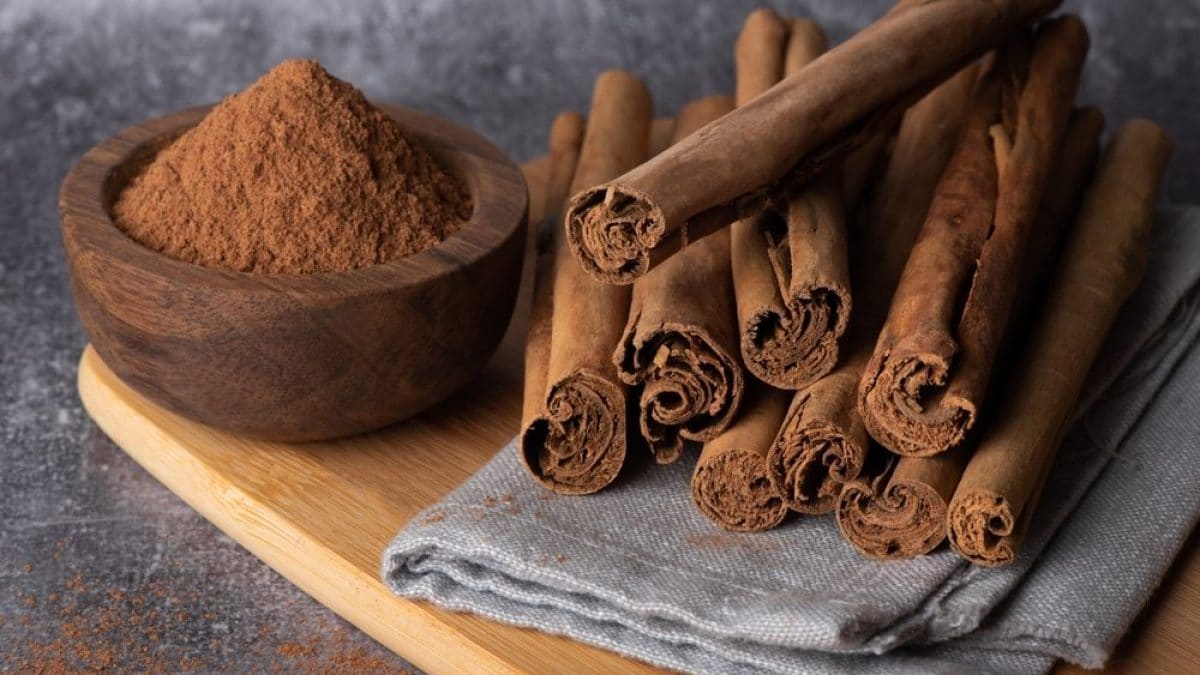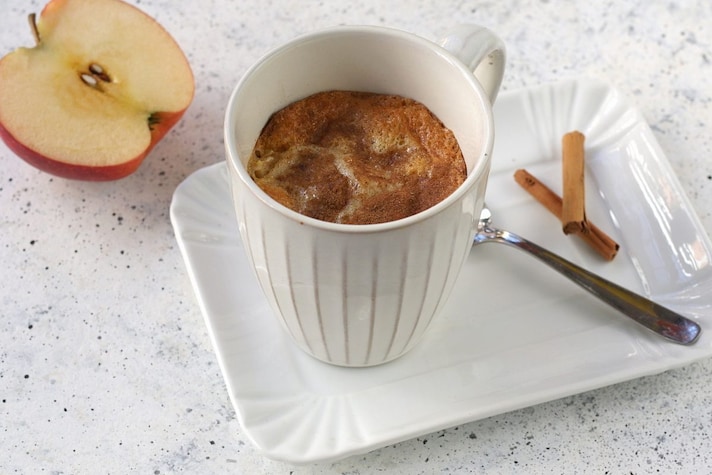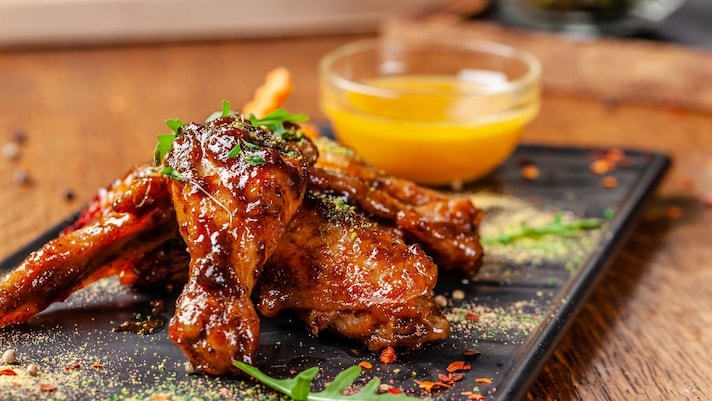
When autumn and winter knock on the door, there's a scent that wafts through kitchens: cinnamon. This unmistakably fragrant ingredient is much more than just a pleasure for the palate; it's a true panacea for the body. Its connection to warmth and comfort makes it particularly popular during the cold months, like other Christmas spices: its aroma has the power to stimulate serotonin production, reduce stress, and improve mood, thus creating a sense of overall well-being.
Let's discover the hidden charm of cinnamon, through its history, benefits, and above all, its creative uses in the kitchen.
Cinnamon, A Journey Through History and Legend
The history of cinnamon is as rich as its aroma: considered one of the oldest known spices, it has played a significant role in many cultures, from medicine to culinary and ritual use. Native to the Indian subcontinent and Sri Lanka, it was already known in ancient Egypt, where it was used in the mummification process due to its preservative properties and pleasant scent. In ancient times, it was so precious that it was considered fit only for monarchs and deities. This was partly due to its rarity and the mystery surrounding its exact origin, which traders kept secret to maintain a monopoly on the trade.
Cinnamon reached Europe via overland trade routes, particularly the famous Silk Road. During the Middle Ages, it became a highly sought-after spice in Europe, a symbol of status and wealth. Its supposed medicinal properties, which included the treatment of coughs, arthritis, and stomach pain, contributed to its fame.
Used throughout the world in a variety of ways, it continues to be a popular ingredient in both sweet and savory dishes and is prized for its health benefits. Furthermore, its cultural significance remains strong in many countries, where it is used in ceremonies and festivities.

Cinnamon's Health Benefits
Cinnamon is much more than just a spice: it's a gift to your health. Rich in antioxidants, it fights cellular aging and strengthens the immune system, thus reducing the risk of chronic diseases. It has been shown to be useful in regulating blood sugar levels, making it valuable for those suffering from diabetes. Furthermore, it helps reduce risk factors for heart disease by positively influencing cholesterol levels. Studies indicate it may improve cognitive function and reduce the risk of neurodegenerative diseases. Thanks to its antimicrobial properties, it is effective against bacteria, viruses, and fungi, and is traditionally used to relieve digestive problems.
Contraindications
Generally safe and healthy when consumed in moderation, this spice can, however, present some contraindications in certain cases. Particular attention should be paid to its coumarin content, which in high doses could harm the liver and kidneys. For those who consume it regularly, it is advisable to opt for the Ceylon variety, which contains lower amounts of coumarin.
Furthermore, it's important to remember that this spice may interact with medications. Those with liver problems should consult a doctor before increasing their consumption of this spice because, as with any food or supplement, it's essential to be informed about any contraindications and adjust consumption to your health.

Creative Uses of Cinnamon in The Kitchen
As we've said, cinnamon, introduced to the U.S. through the spice trade networks in the 17th century, was initially a luxury ingredient, used primarily in noble courts for desserts and elaborate dishes. Over time, its use spread, becoming a key ingredient in several desserts, such as cinnamon cake, and various Christmas sweets like gingerbread cookies and cinnamon rolls. An essential pairing with apples, it is also used to make mug cakes. Winter drinks, such as hot chocolate or mulled wine, are enhanced with a pinch of this fragrant spice.
In savory dishes, it can add a deep, exotic note, such as to chicken or gnocchi. It's also intriguing in vegetarian dishes like pumpkin or lentil soups, or in pasta sauces, where it adds depth and warmth. It can also be used to flavor cocktails or hot drinks, such as coffee or chai tea.

Chef's Tips for Making the Most of Cinnamon in The Kitchen
Chefs recommend using cinnamon sparingly so as not to overpower other flavors. It's important to balance its intense aroma with other ingredients and add it towards the end of the cooking process to preserve its flavor. Experiment with cinnamon in different forms, such as sticks, powder, or extract, depending on the recipe. To enhance its flavor, you can pair it with complementary spices such as cloves, nutmeg, and ginger.
;Resize,width=767;)
